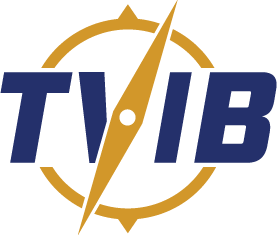TVIB Training: Training Opportunities for 2020
We have a limited number of seats available for our upcoming Virtual Sub M Auditor Certification course and Virtual Annual Survey of Towing Vessels (ASTV) course being held in October and November.
Sub M Auditor Certification – Oct 6-7 Virtual Training
The Subchapter M Auditor Certification course (2-day course) teaches external (third-party) auditors how to audit a company’s TSMS, with an emphasis on those companies using the American Waterways Operators’ Responsible Carrier Program as the framework for their TSMS. Students who successfully complete this course will have an in-depth understanding of auditing both safety management systems and the vessels that operate under those systems and what compliance means under Subchapter M. This is the appropriate course for those individuals seeking certification to become an approved TPO Auditor, as well as an RCP Lead Auditor/Vessel Auditor. This course is also ideal for company personnel who want to better understand the expectations of their external auditor.
This course is substantially equal to an ISO 9001 course approved by the USCG as a “recognized equivalent to the requirements of 46 Code of Federal Regulations, 139.130(b)(3), lead auditor/assessor course.
More information and registration.
Annual Survey of Towing Vessels (ASTV) Nov 3-5 Virtual Training
The Annual Survey of Towing Vessels course (3-day course) provides surveyors with the knowledge and skills required to perform TVIB TPO Subchapter M annual surveys of towing vessels. It has been designed to teach those who will be performing surveys as a part of an internal survey program, as well as those surveyors who wish to hold the credential to perform external surveys for TVIB. Everyone who successfully completes the course will receive a course completion certificate. This course is the surveying course required for those individuals seeking the TVIB Certified Subchapter M Surveyor for Annual Surveys credential.
